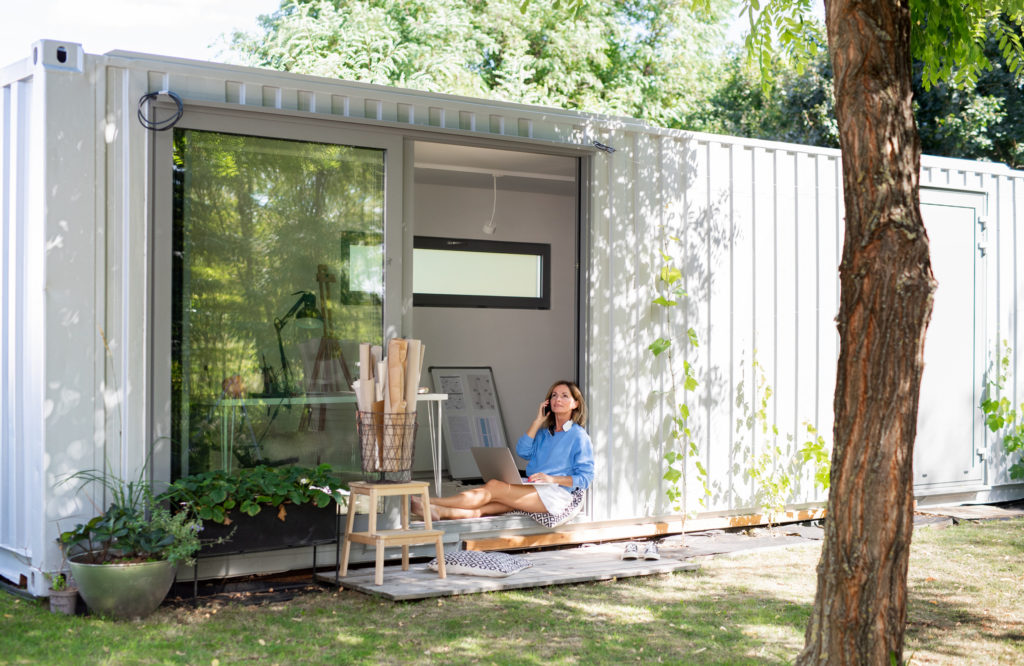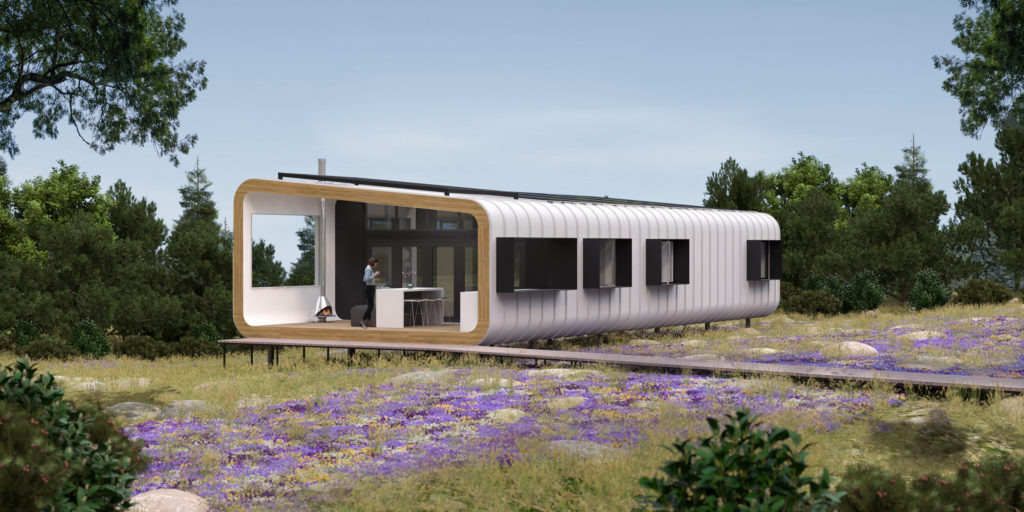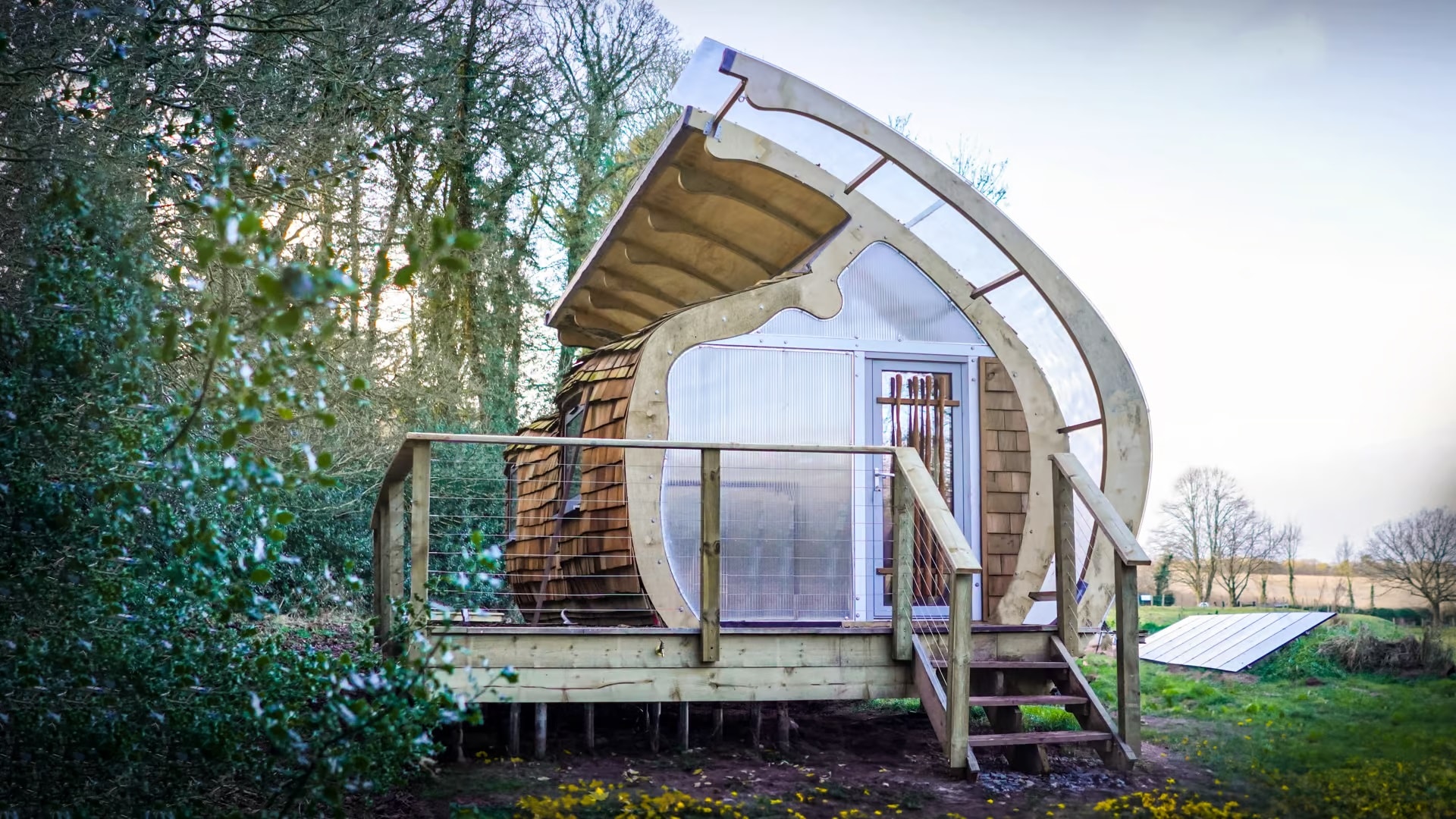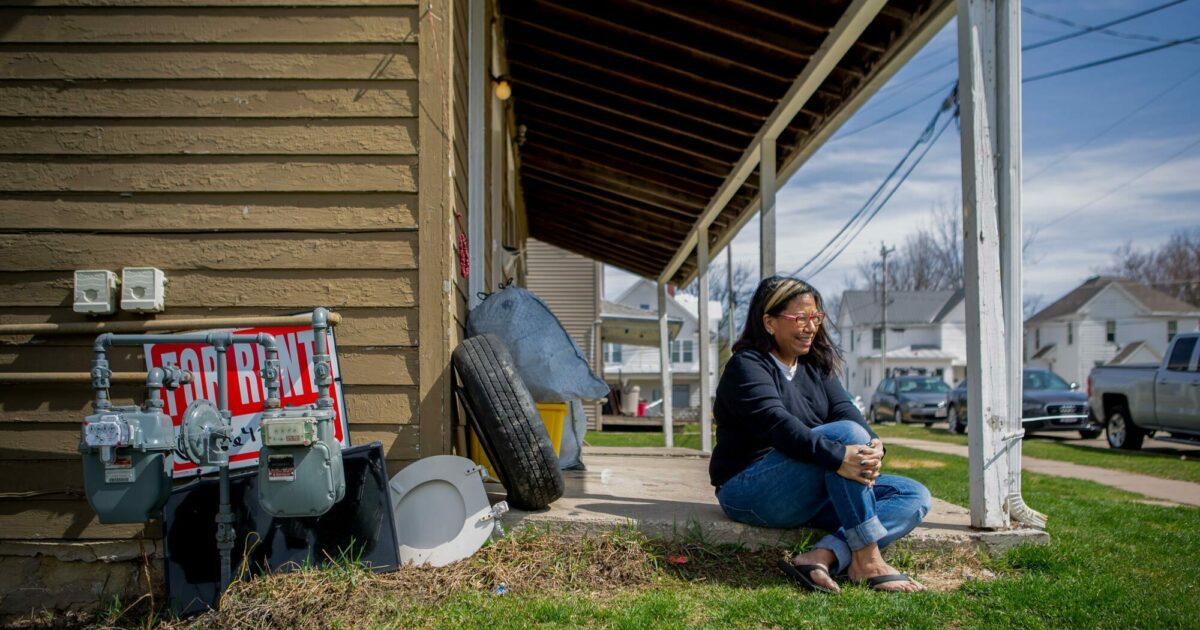Auxiliary Dwelling Units (ADU) come in many shapes and sizes and can be as small as 150 sq ft or a maximum of 1,200 sq ft depending on where you intend to build it. They can be built on site or built as a complete ADU in a factory.

The range anywhere from a converted garden shed (where permitted) to more substantial and safer housing. But no matter what they look like, how big they are, or whether they are built stick by stick in a backyard or manufactured offsite in a factory, they all share two things. First, they must be legally allowed on the property, and second, they need to be a permanent structure.
Tiny houses on wheels, RVs, camping tents, and unfinished garden sheds are not ADUs.
Simply put, an ADU is a living space that is separated from the main residence. Usually, ADUs are an apartment placed on top of a garage or even separate, smaller homes located on the same property as the primary living space.
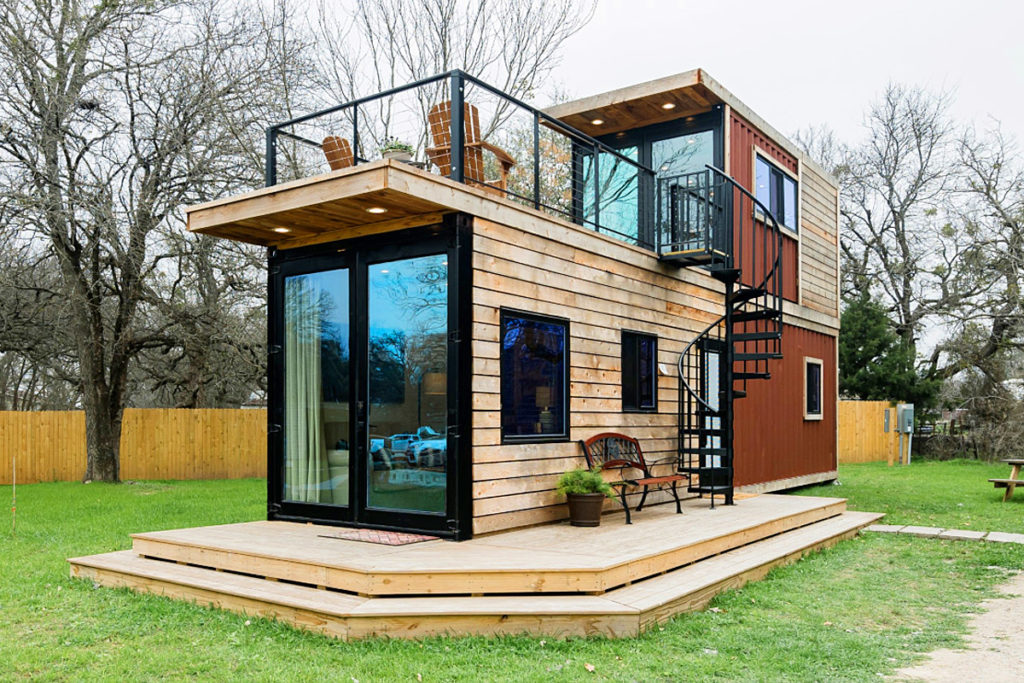
The main difference between ADUs and other living units is the intended use of the structure. ADUs are intended to be used as an additional residence on your property – whether you use it as a long-term or short-term rental, as a granny flat for your parents or relatives, or you live in it and rent out your main home.
ADUs have been known by many names: granny flats, in-law units, backyard cottages, secondary units and more. ADUs give various financial benefits in addition to social ones. ADUs can improve the value of your home by up to 30%, depending on your property and location. In addition, according to one study, houses with ADUs improved their resale value by more than 50%.
Some of the benefits of adding an ADU to a primary property are renting it out as a vacation home are as a full-time rental, increasing the property value, having a place for family & guests visiting from out of town, as housing for a senior family member’s caretaker, as Granny Pad or Senior medical cottage, housing adult children & college graduates and of course, as a home office or leisure activity space.
California has been the leader in allowing ADUs in just about every neighborhood. Since 2017, California has made it easier for homeowners to build ADUs by removing some hurdles, and they are a growing portion of Los Angeles’ new housing stock. The city set a goal of creating almost 500,000 new units by 2029 to keep up with demand, and last year, ADUs made up 22% of all new housing in the city, and modular housing factories are filling a huge part of that demand.
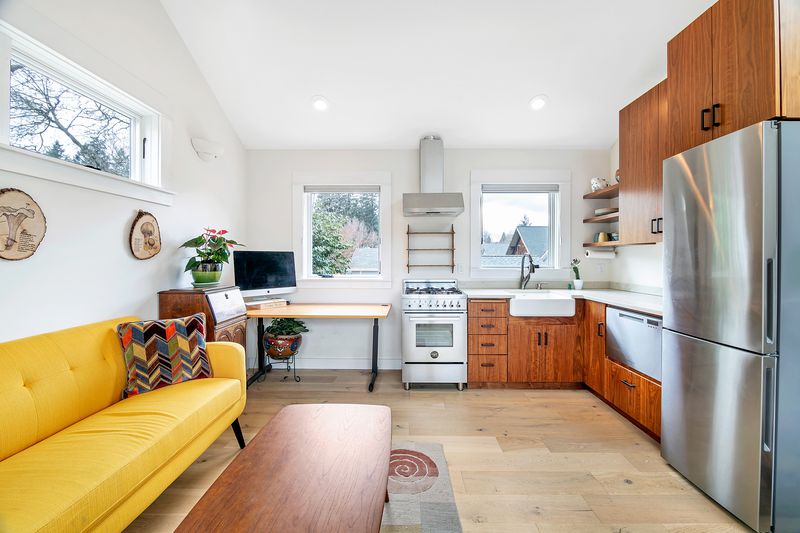
Every state needs more affordable housing near workplaces, and ADUs are one of the most affordable and easiest to make this happen. Villages comprised of ADUs are starting to show up everywhere zoning allows them.
